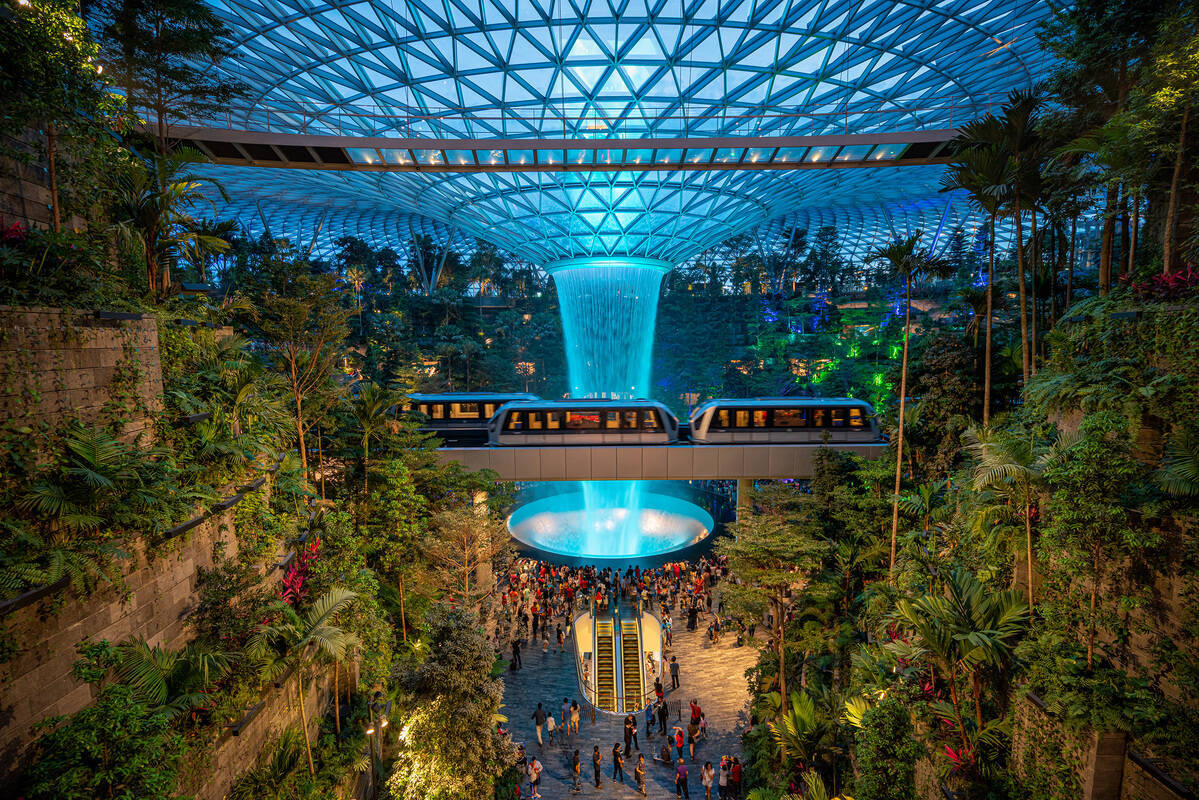Qatar Hamad International Airport
One of the heralded smart airports of the future, Qatar Hamad International is so vast it could cover two-thirds of Doha city. The second phase of the airport, which is currently in construction, was commissioned to adapt to the number of travellers arriving in Qatar for the 2022 FIFA World Cup.
This smart airport allows for seamless check-in. Travellers can scan their passports, choose seats on flights, print luggage labels then drop off their cases for processing, all in a matter of minutes all via self-service terminals.
Biometric Identification will be second nature, with retina scans and facial recognition, QR codes and stealth security screening. In most instances, you will have been vetted, authenticated and cleared for travel even before you even arrive at the airport. In fact, the installation of e-Gates in Qatar Hamad International can identify the exact passenger taking a trip a day before they are scheduled to board the aircraft.
Sustainability and advanced technology play a major part at Qatar Hamad International Airport too. Sensors are positioned around the terminal building to monitor heating and cooling based on the level of passengers, a treatment plant recycles waste water on-site, and the undulating stainless steel roof was designed with a tint to prevent sun glare and conserve energy.
By 2022, Hamad International Airport will be capable of handling over 50 million passengers per annum, over 300,000 aircraft will arrive and depart and over 2 million tonnes of cargo will be sorted at this Middle Eastern smart airport hub.














Comments